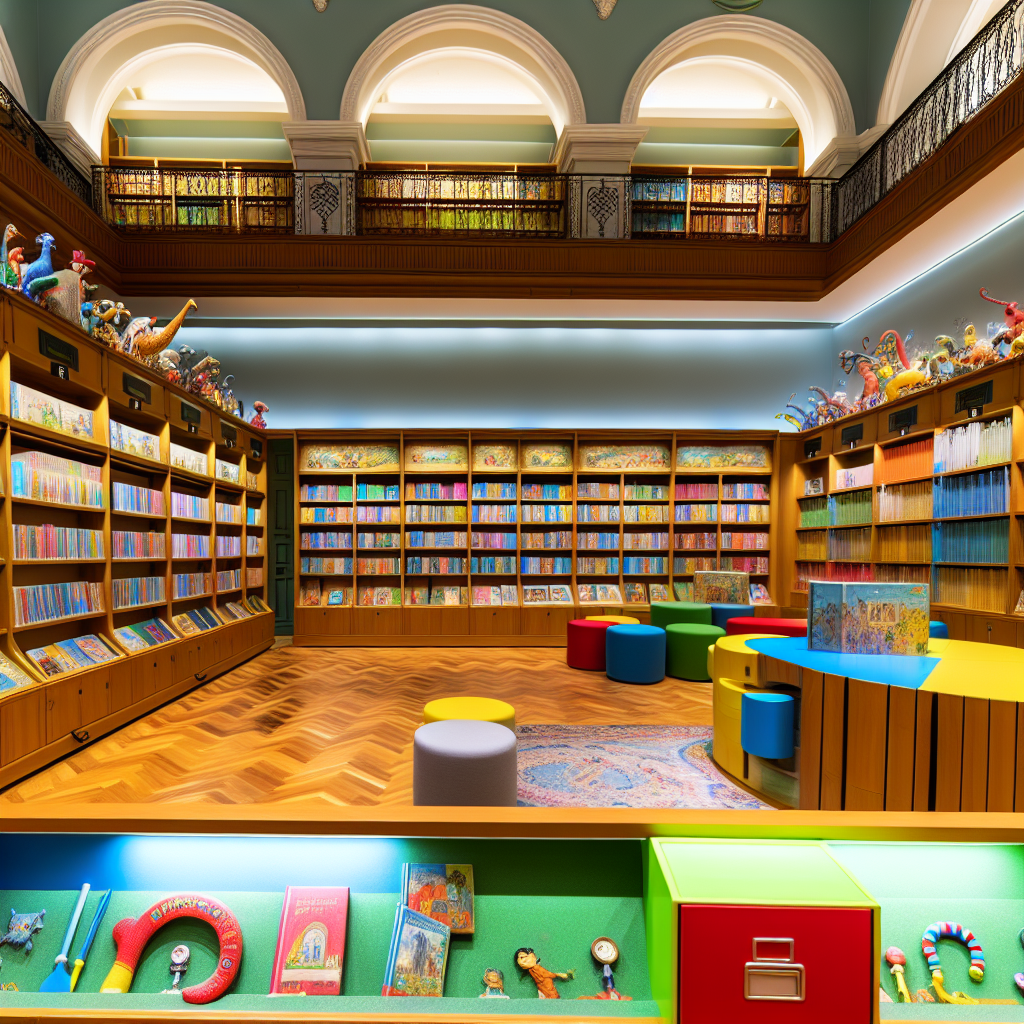Japanese Forest Bathing Estates: Luxury Properties Designed Around Childhood Wellness
Japanese Forest Bathing Meets Elevated Family Living
In the evolving world of luxury living, wellness is no longer an accessory but a foundation—especially when it comes to the well-being of the next generation. This refined sensibility is sparking the rise of a unique real estate trend: Japanese Forest Bathing Estates. These are not just upscale homes; they are immersive wellness ecosystems built around the time-honored Japanese tradition of Shinrin-yoku, or “forest bathing.”
At its essence, Shinrin-yoku invites individuals to slow down, breathe deeply, and take in the therapeutic power of nature. For modern families seeking more than material comfort, these estates offer a rare and exceptional blend of environment, architecture, and child development science.
In today’s digital-heavy era, affluent parents are shifting away from high-tech learning pods and entertainment rooms in favor of properties that support holistic health and growth. Forest Bathing Estates are designed to facilitate daily interaction with nature, often situated in serene mountain areas, near geothermal hot springs, or alongside ancient cedar forests. These locations are chosen not only for their breathtaking aesthetics but for their positive influence on health and psychological development.
The luxury homes in regions such as Karuizawa, Hakone, and the forest-fringed slopes of Mount Yoshino are meticulously crafted with child-focused wellness features: hypoallergenic, low-emission building materials; landscaping that filters pollutants; miniature forest trails perfect for small explorers; and sensory gardens designed to engage smell, touch, and sight in ways that encourage mindfulness and curiosity.
Every detail, from the minimalist interior flow to the forest-view meditation decks, is a collaboration between Japanese architects and wellness experts. These homes blend Zen design principles with research-based child wellness strategies, forming sanctuaries where young minds can thrive.
The core belief driving these estates is simple: children raised in environments rich in natural exposure experience improved immune function, lower stress, greater emotional resilience, and heightened cognitive development. Add in curated access to traditional Japanese nutrition, mindfulness practices, and cultural learning experiences, and it’s clear that these homes are about much more than luxury—they’re about building strong, conscious, and emotionally balanced future generations.
The Science Behind Forest Bathing and Child Wellness
The foundation of Japanese Forest Bathing Estates is deeply rooted in scientific research that underscores the benefits of nature immersion—particularly for children. The concept of Shinrin-yoku has been extensively studied and validated by modern medical science, revealing measurable improvements across emotional, mental, and physical health metrics.
One of the leading voices in the field, Dr. Qing Li, a physician at Nippon Medical School in Tokyo, conducted landmark studies showing that prolonged exposure to natural forest environments significantly reduces stress hormone levels, lowers blood pressure, and boosts immune responses. His acclaimed book, Forest Bathing: How Trees Can Help You Find Health and Happiness, has made this wellness philosophy accessible worldwide, confirming that the forest’s natural compounds can increase levels of virus-fighting natural killer (NK) cells in the body ([NIH Reference](https://www.ncbi.nlm.nih.gov/pmc/articles/PMC5580555/)).
For children, the stakes—and the potential benefits—are even higher. A 2019 study published in Frontiers in Psychology explored how exposure to green space impacts cognitive development in schoolchildren. The findings were remarkable: children aged 7 to 10 who spent more time in nature demonstrated better working memory, stronger attentional control, and enhanced emotional regulation. They also exhibited lower levels of aggression and behavior disorders.
Beyond improved cognitive and emotional health, time in nature fosters creativity and emotional intelligence. According to the Children and Nature Network, access to wild green spaces leads to greater adaptability, stronger empathy, and greater self-confidence in children. These outcomes are only amplified when living in homes specifically designed to integrate natural elements into everyday routines.
From an architectural perspective, Forest Bathing Estates employ biophilic design, a process that strengthens the bond between human life and the ecosystem. Homes are structured to maximize natural light, fresh air circulation, and physical proximity to the outdoors. Organic textures from wood, stone, and bamboo, combined with open-plan interiors and tranquil water features, support full sensory immersion. Living spaces are often designed to open directly onto forests, where children can safely explore under parental supervision.
Moreover, many of these estates include on-site resources like forest therapy trails and child-specific Shinrin-yoku sessions. Guided by forest educators and pediatric wellness facilitators, these experiences are specifically tailored to children’s developmental levels—employing storytelling, nature games, and sensory play to promote focus, calmness, and early language skills.
In every sense, these properties are built to nurture the health and potential of every family member, especially children—creating homes with lifelong benefits.
Wellness as the New Wealth
Today’s most forward-looking families no longer define luxury by material possessions but by access to experiences and environments that promote lifelong health and personal growth. Japanese Forest Bathing Estates embody this new definition of wealth: homes that don’t just shelter but actively heal, teach, and elevate.
These properties provide more than respite—they offer families a rare opportunity to reconnect with what matters most. Nestled in nature and defined by wellness design, they are portals to a more grounded, vibrant, and meaningful way of life. For affluent parents seeking a legacy of health and emotional richness for their children, there may be no better investment.
In an age increasingly defined by screens and speed, Forest Bathing Estates offer something genuinely rare: a sanctuary of balance, beauty, and deep generational wellness.
References
- National Institutes of Health: Effect of Forest Bathing Trips on Human Immune Function
- Li, Qing. Forest Bathing: How Trees Can Help You Find Health and Happiness. Viking, 2018.
- Frontiers in Psychology: Green Space Exposure and Cognitive Development in Schoolchildren
- Children and Nature Network: Nature’s Role in Child Development
For more on luxury wellness homes, child-centered architecture, and holistic family living, visit KidLuxury.com — where innovation, elegance, and well-being converge.

Dominic E. is a passionate filmmaker navigating the exciting intersection of art and science. By day, he delves into the complexities of the human body as a full-time medical writer, meticulously translating intricate medical concepts into accessible and engaging narratives. By night, he explores the boundless realm of cinematic storytelling, crafting narratives that evoke emotion and challenge perspectives. Film Student and Full-time Medical Writer for ContentVendor.com



